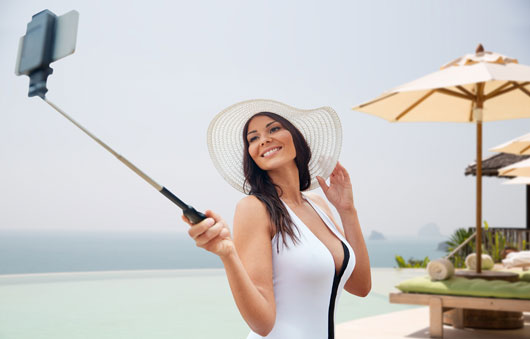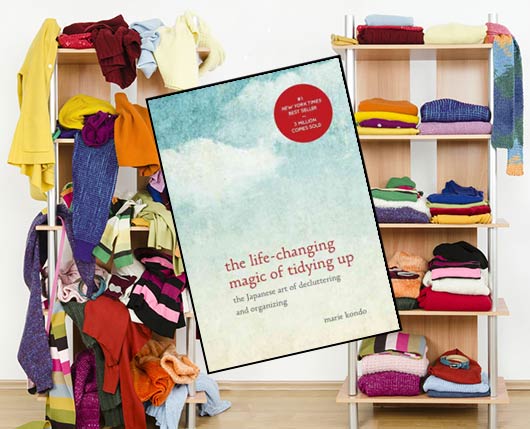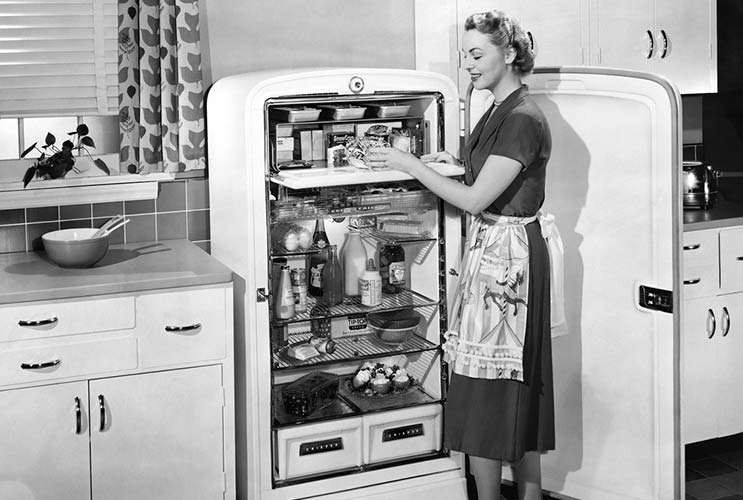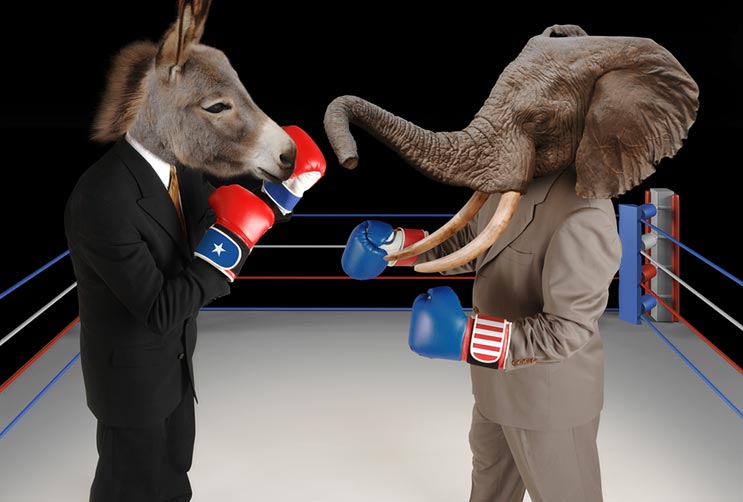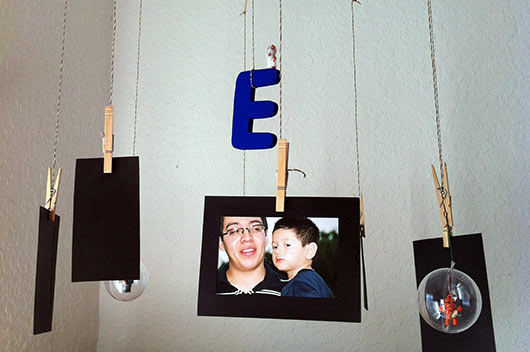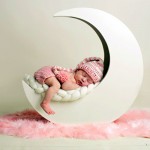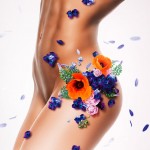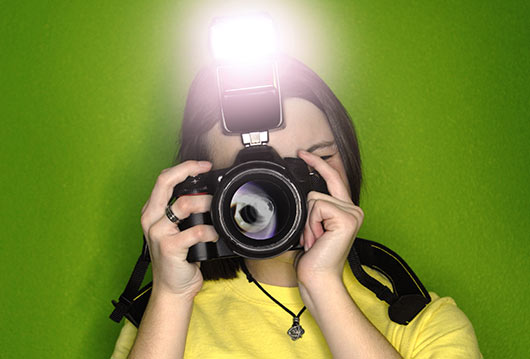
Using your flash correctly can make or break a photo. Sadly, flashes often get a bad rap because many non-pros don’t know how to use them correctly. Knowing how to use the flash is just as important as knowing when to use it. Once you harness the power of your flash, you’ll be amazed at the results.
The obvious situation calling for a flash is when there’s not enough light to get a good photo. The most common problem with this is that your subject winds up over exposed while the background stays too dark. You can fix this by using your camera’s manual setting and slowing down the shutter speed or by using the Slow Sync setting if your camera has it. Slow Sync is also great for capturing motion. Playing around with flash bracketing and exposure compensation settings can also help. The average built-in flash has about a 15-foot range but you can extend this a bit by increasing your ISO to get more light in the background.
Believe it or not, the flash can come in very handy in daylight too. This is called fill-in and it helps to even out the light when there are harsh shadows or brighten up shady areas. You know how frustrating it is trying to get backlit photos where your subject isn’t just a silhouette? The fill-in flash will be your new best friend! Some cameras come with a Fill-In or Flash-On setting; if yours doesn’t you’ll need to switch to manual and try different shutter speeds.
Read Related: Gadget Alert: 15 Reasons Why Everyone Wants (or Has) a GoPro Camera

Flashes are extremely useful for indoor photos too. When you want to give your subject a soft glow you can use your flash as a diffuser. This is awesome for taking flattering portraits. Just tape a piece of tissue paper over the flash and voila! Another way to soften the effect and get a wider field of light is to attach a stiff piece of white paper to one side of the flash (like a blinker for horses).
There are situations when you should definitely not use your flash. In addition to taking bad photos you run the risk of making a few enemies. It goes without saying, but never use your flash if you’ve been instructed not to. For instance, most live performances and museums are no flash zones. Flashes don’t really work for capturing large groups of people and they’re not too helpful if you’re trying to unobtrusively take candid shots.
Though the flash is a fantastic tool, it’s generally best to err on the side of not using it when you’re unsure because most of the time it isn’t necessary — even at night. So now that you know what it can do, have some fun experimenting!



